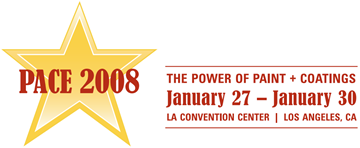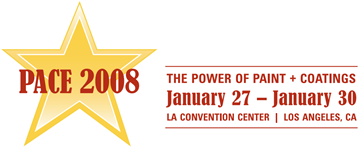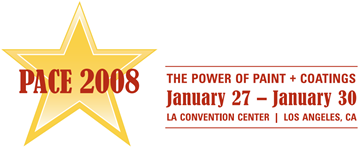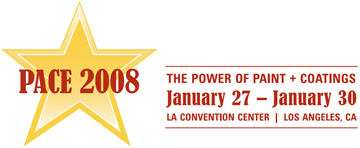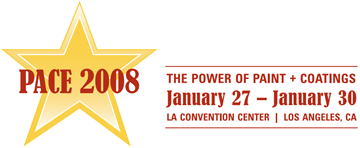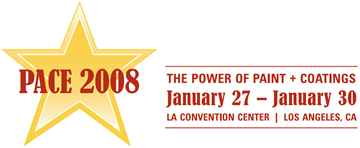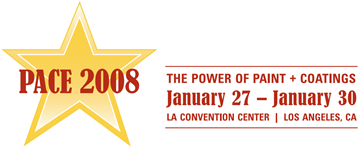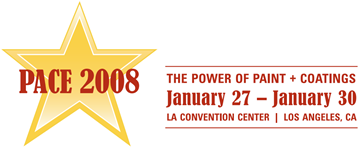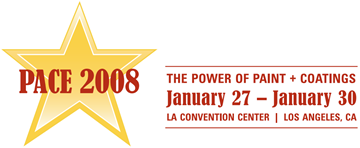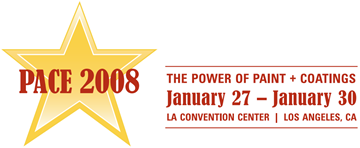Search
Products tagged with '2008 Conference Papers'
View as
Sort by
Display
per page
Proposed Standard for Levels of Inspection
Product Number:
41208-431-SG
Publication Date:
2008
$20.00
PTEAMBASE: A Program Management Tool to Capture the True Costs of Navy Corrosion
Product Number:
41208-460-SG
Publication Date:
2008
$20.00
Real World Performance Evaluation of Protective Linings for Concrete in Severe Wastewater Collection System and Treatment Plant Exposure Conditions
Product Number:
41208-436-SG
Publication Date:
2008
$20.00
Regulatory Update: Current and Emerging Trends in Occupational and Environmental Health
Product Number:
41208-423-SG
Publication Date:
2008
$20.00
Repair and Restoration of Concrete Surfaces Utilizing “Wet Process Spray” Mortars For Water and Wastewater Applications
Product Number:
41208-407-SG
Publication Date:
2008
$20.00
Repairs to Concrete Foundation of Water Tanks
Product Number:
41208-446-SG
Publication Date:
2008
$20.00
Review of 20-Year Old Polyurethane Application in Coal-Fired Power Plant
Product Number:
41208-421-SG
Publication Date:
2008
$20.00
Severe Wastewater Testing Programs for Rapid Evaluation of Coatings and Linings: An update
Product Number:
41208-438-SG
Publication Date:
2008
$20.00
Technology Assessment of Architectural Coatings Relative to Regulatory Concerns in the South Coast Air Basin
Product Number:
41208-413-SG
Publication Date:
2008
$20.00
Testing Moisture Content in Concrete Subfloors Prior to Installing Floor Coatings
Product Number:
41208-445-SG
Publication Date:
2008
$20.00
The Atlanta Hyatt Restoration: An unlimited range of color and texture for concrete utilizing masonry staining.
Product Number:
41208-419-SG
Publication Date:
2008
$20.00

